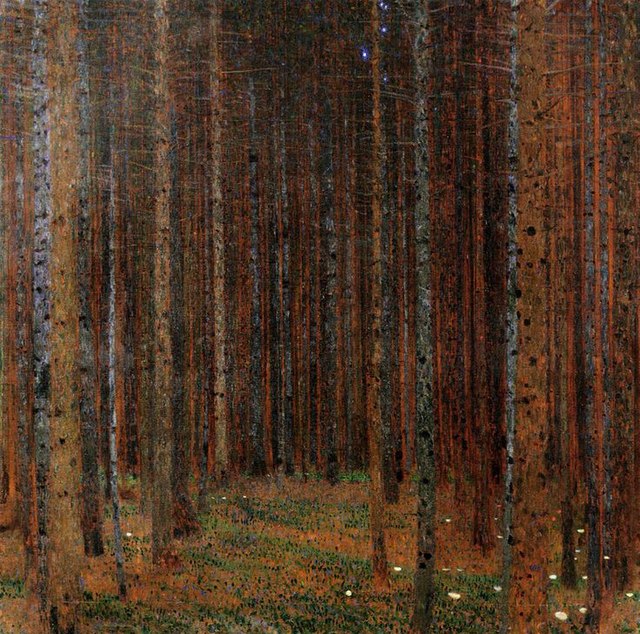Welcome to Read this Book, a newsletter where I recommend one book that needs to jump onto your TBR pile! Sometimes, these books are brand-new releases that I don’t want you to miss, while others are some of my backlist favorites. I adore cookbooks, food writing, and food memoirs. There’s just something special about diving into a world of culinary enthusiasm that sparks so much joy. This week, I’m recommending a cookbook that I can already tell will be my favorite cookbook that I read this year.
Start Here: Instructions for Becoming a Better Cook by Sohla El-WayllyBack in January, Roxane Gay announced that Start Here was going to be the January pick for her Audacious Book Club. This is the first time that Gay has chosen a cookbook for the book club, and with her love of all things cooking and baking (her love for Ina Garten is unmatched), I trusted her recommendation wholeheartedly. And as if Gay’s recommendation of the book wasn’t enough, Samin Nosrat — the author of Salt, Fat, Acid Heat — writes the foreword. Ugh! How could I not love this book? Start Here is an easy, step-by-step guide that gives you detailed instructions on common recipes and provides inspiration and ideas on how to take your cooking to the next level. The egg section alone is worth its weight in gold. El-Waylly’s instructions are straightforward, with just the right amount of scientific explanation (and illustrations!) to properly explain why a recipe is crafted in a certain way. For example, in the egg section, she describes why the correct amount of heat is vitally important for the perfect omelet. The photos are stunning — bright, vibrant, delicious-looking — and the page layout with color blocking makes it easy to follow even the most detailed of recipes. There are sidebars about ways to break out of the typical recipes and conversion charts to swap out ingredients. Basically, It’s everything you want for the perfect cookbook. So, if you’re looking for the must-buy cookbook for yourself or a friend (or both!), you’ll definitely want to pick Start Here. It has everything you need. |
Want reading recs in your inbox? Sign up for our Read This Book newsletter!
Copyright
© Book Riot




















